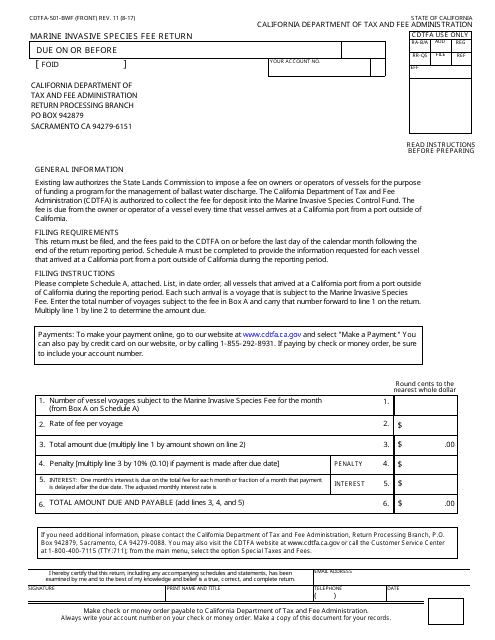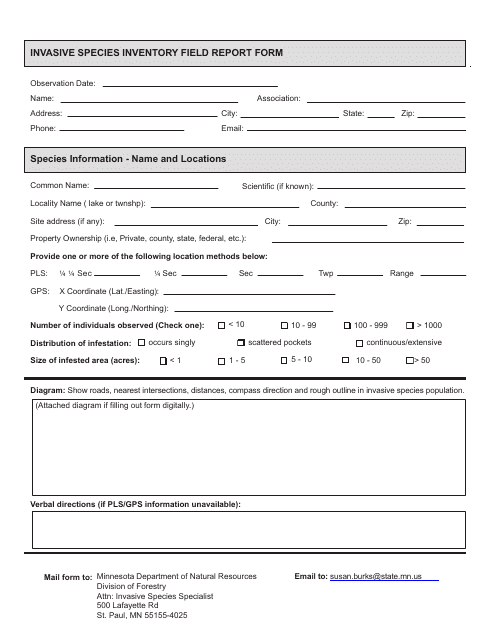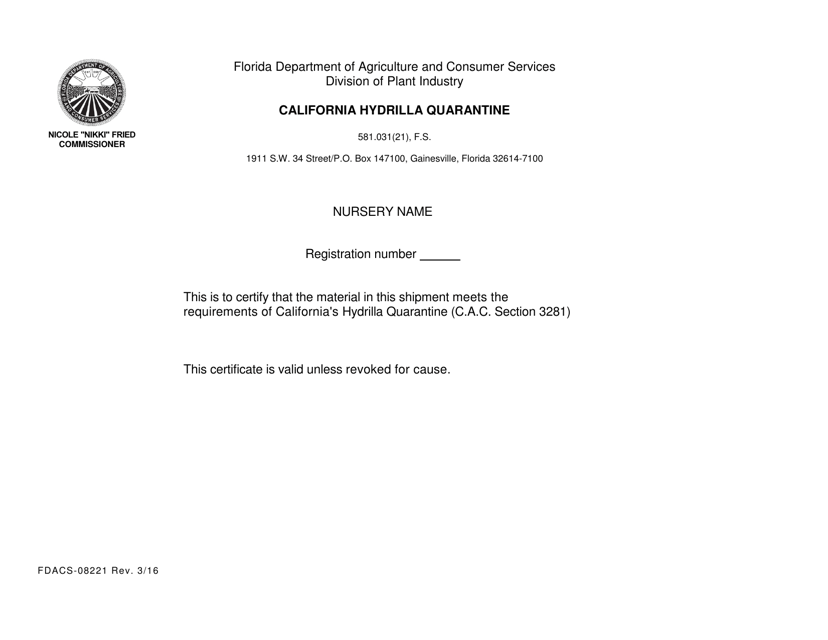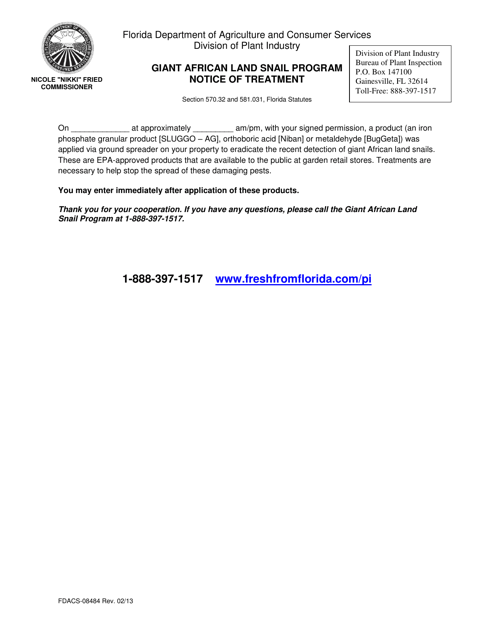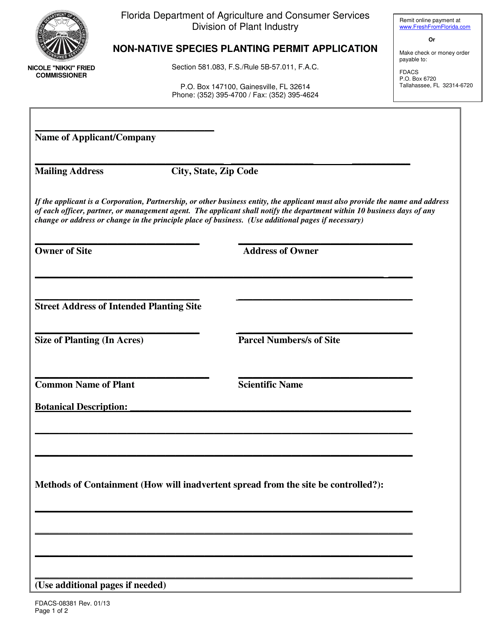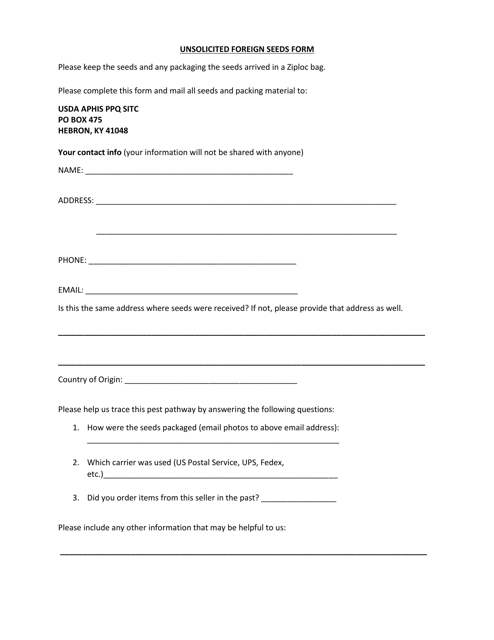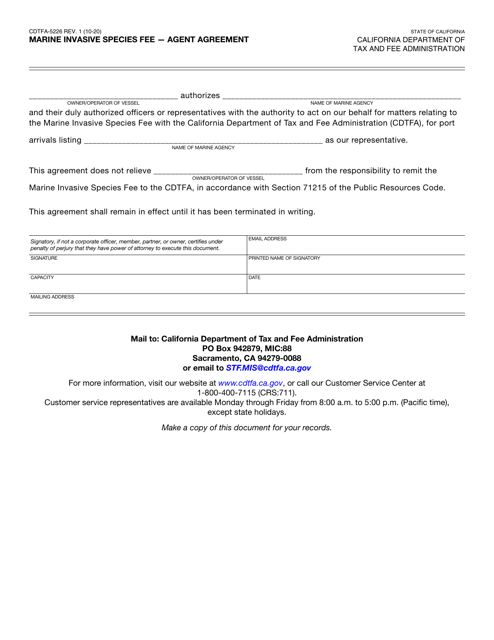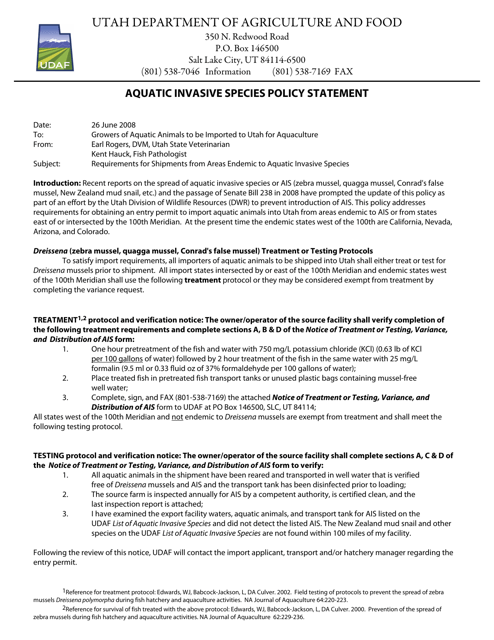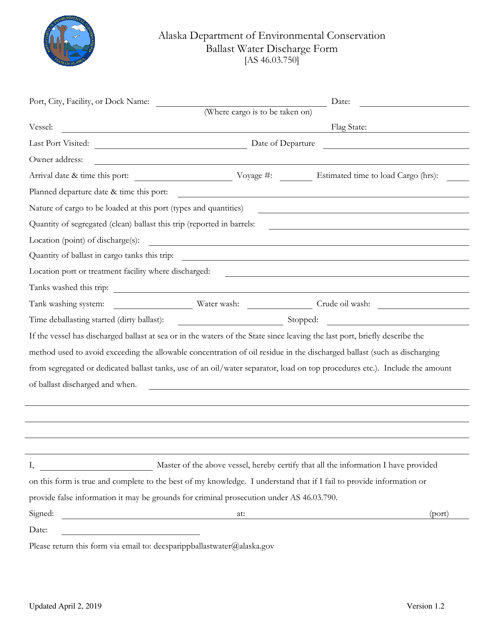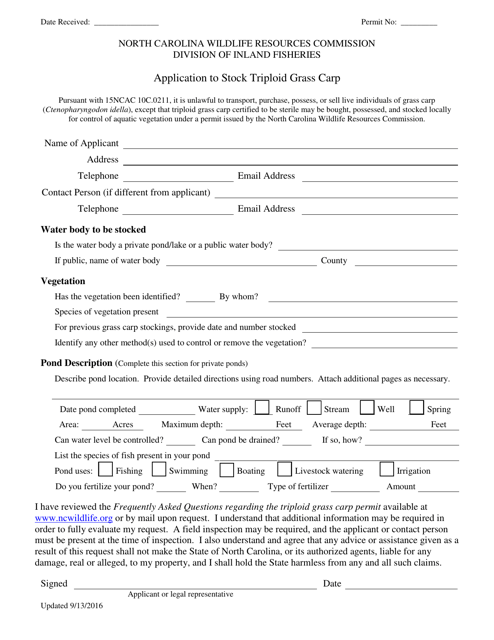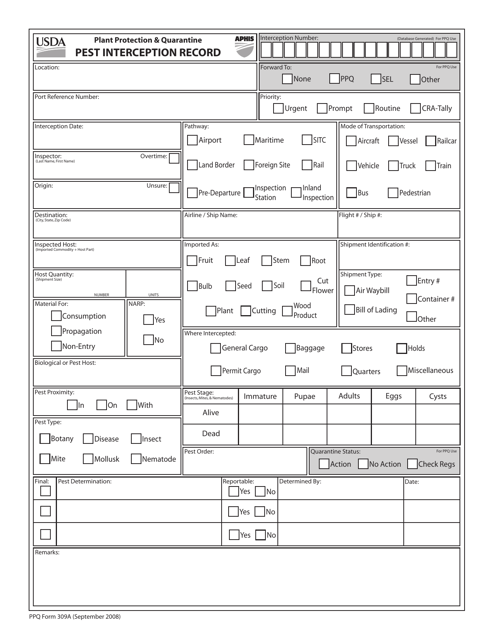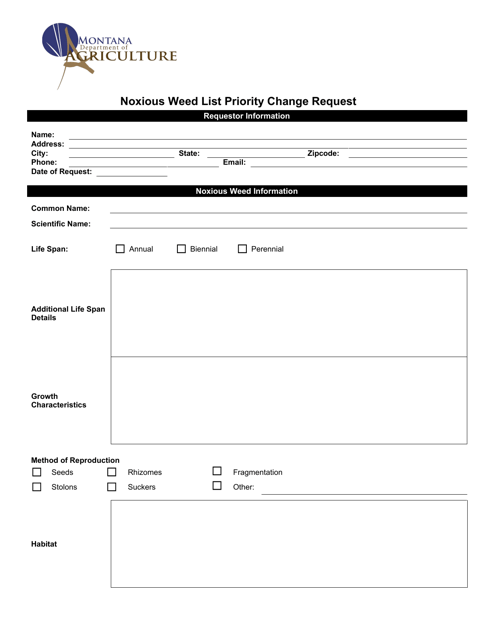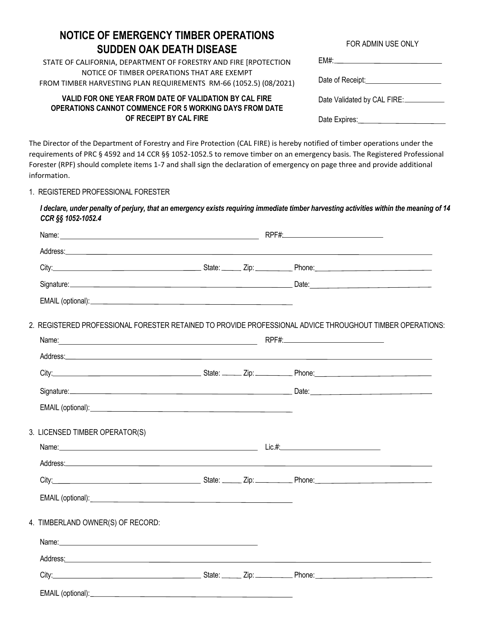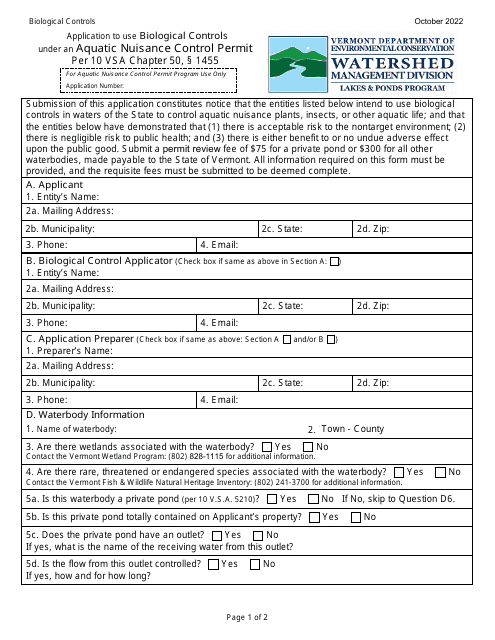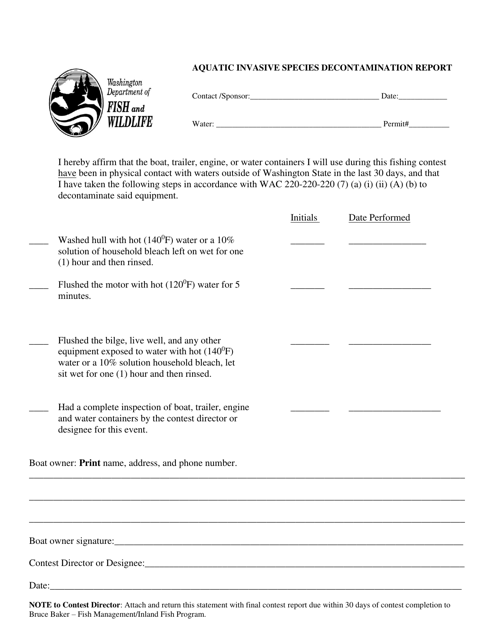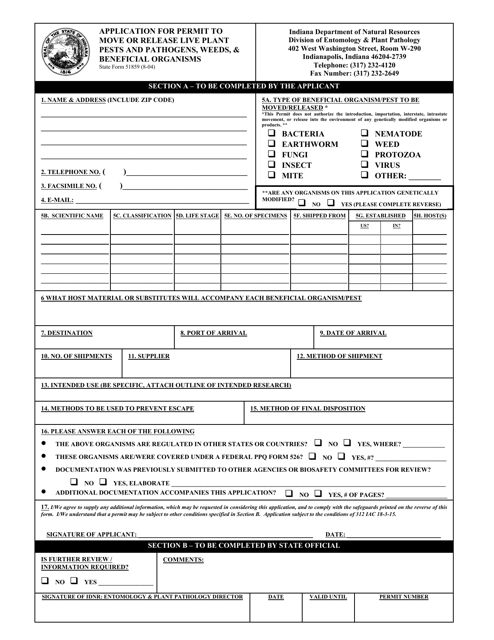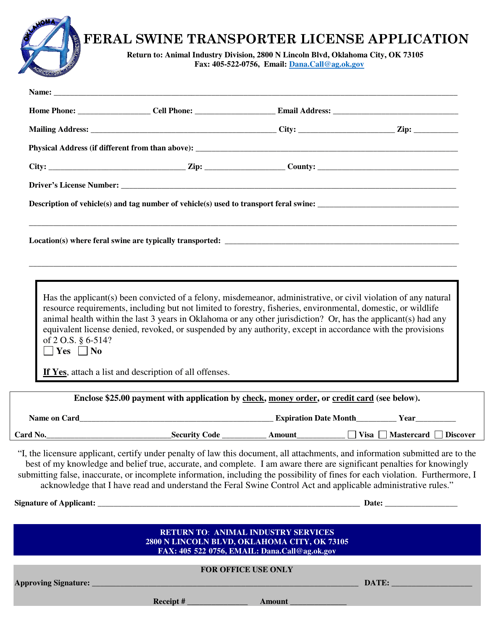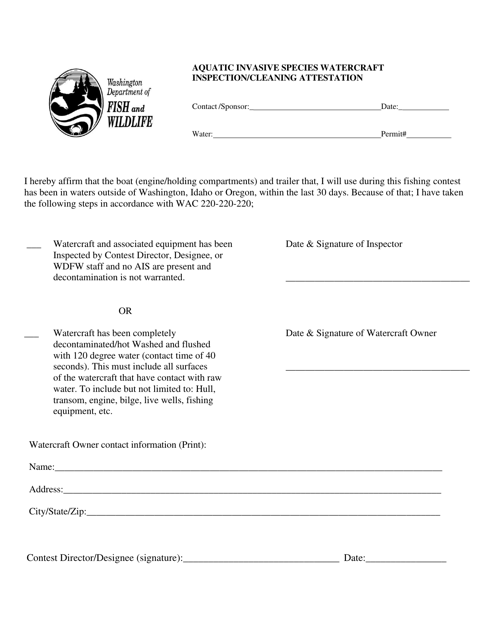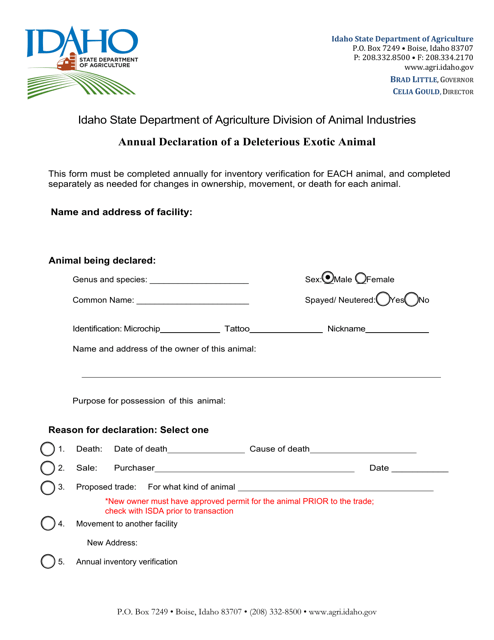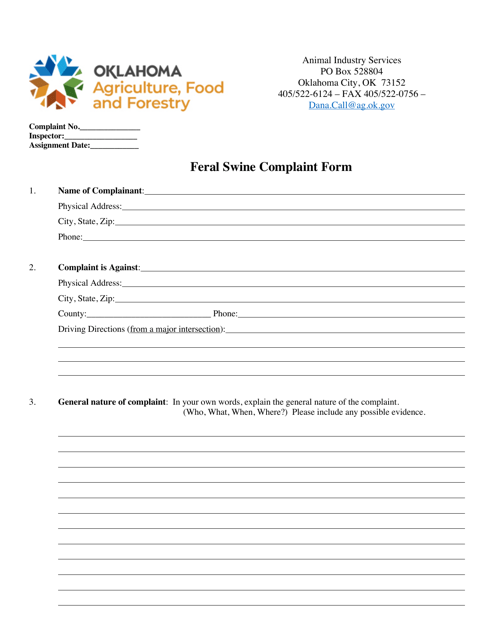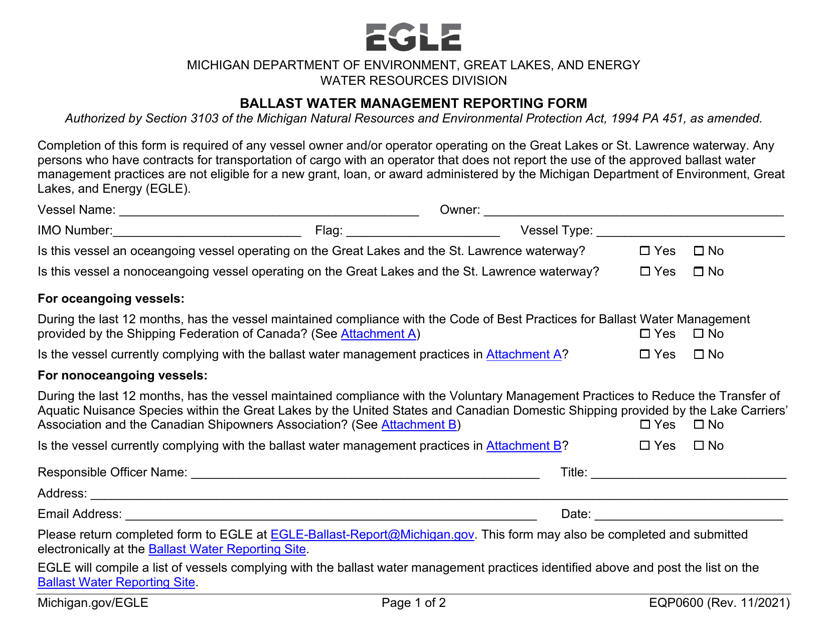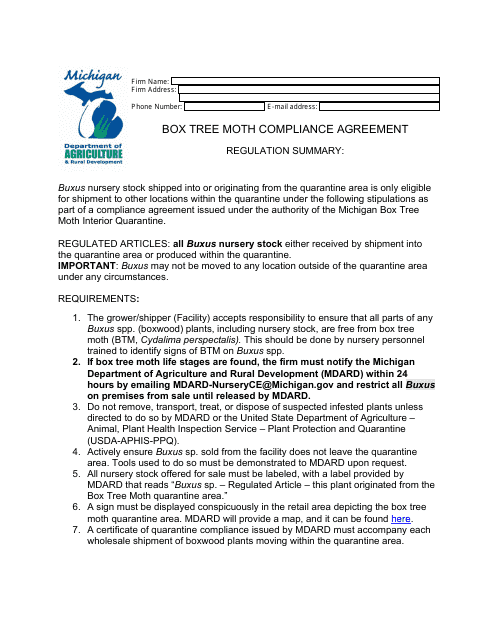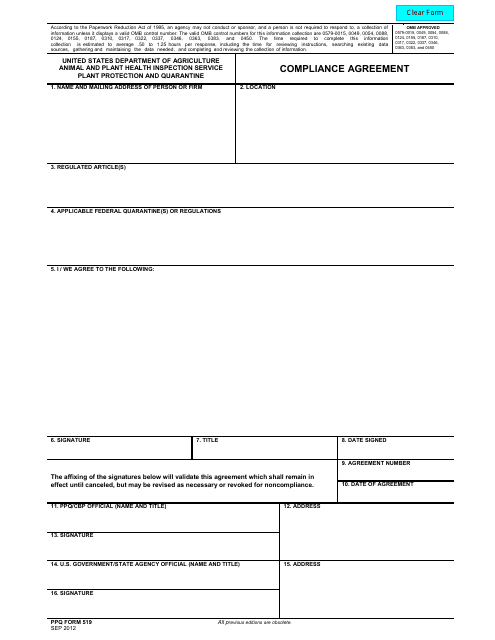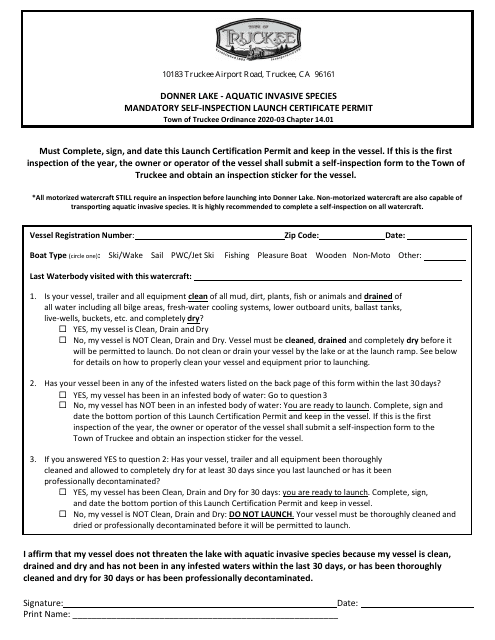Invasive Species Templates
Invasive Species - Protecting Our Ecosystems
Welcome to our webpage dedicated to invasive species, also known as exotic species or non-native species. Invasive species refer to plants, animals, or microorganisms that are not native to a particular ecosystem and have the potential to cause harm to the environment, economy, or human health.
Our collection of documents aims to provide comprehensive information and resources on invasive species management and control. Whether you're a concerned citizen, a government official, or a business owner, our documents offer valuable insights and practical guidelines for identifying, reporting, and managing invasive species.
One of the documents you'll find in this collection is the "Form FDACS-08494 Giant African Land Snail Program Metaldehyde 24-hour Notice - Florida (English/Spanish)" which outlines the steps needed to address the spread of this invasive snail species in Florida. This document serves as a prime example of the proactive measures taken by local authorities to combat invasive species and protect local ecosystems.
Additionally, we have the "Form CDTFA-5226 Marine Invasive Species Fee - Agent Agreement - California" which sheds light on the legislative initiatives aimed at preventing the introduction and further spread of invasive species in marine environments. This document illustrates the collaborative efforts between government agencies and stakeholders to mitigate the risks associated with invasive species.
Our collection also includes documents like the "Notice of Treatment or Testing, Variance and Verification of Distribution of Aquatic Invasive Species (AIS) - Utah" which highlights the importance of early detection and rapid response to prevent the establishment of aquatic invasive species in Utah's water bodies. This document underscores the significance of strategic planning and coordination in managing invasive species at the state level.
Additionally, you will find the "PPQ Form 309A Pest Interception Record" which serves as a vital tool for documenting and reporting the interception of invasive pests. This form plays a crucial role in preventing the accidental introduction of invasive species into new areas by providing valuable data for pest management strategies.
Last but not least, our collection includes the "Aquatic Invasive Species Decontamination Report - Washington" which outlines the protocols and procedures for decontaminating watercraft and equipment to prevent the spread of aquatic invasive species. This document showcases the preventative measures implemented by boaters and water recreation enthusiasts to minimize the ecological impact of invasive species.
We understand the importance of raising awareness and providing access to relevant information about invasive species. Our collection of documents aims to equip individuals and organizations with the knowledge and tools needed to address the challenges posed by these non-native species. Together, we can protect our ecosystems and preserve the biodiversity that makes our planet unique.
Please browse through our comprehensive document collection on invasive species to learn more about their impact on our environment and the collective efforts being made to mitigate this threat.
Documents:
29
This form is used for reporting and remitting the Marine Invasive Species Fee in California. It is required for vessel owners and operators to help prevent the spread of invasive species in marine waters.
This form is used for reporting invasive species found in Minnesota. It helps in keeping track of the inventory of these species in the state.
This document provides information about biocontrol sites in South Dakota. It includes details about locations, management practices, and species targeted for control.
This Form is used for obtaining a California Hydrilla Quarantine from the Florida Department of Agriculture and Consumer Services.
This form is used for obtaining a Cogongrass Treatment and Hold Harmless Agreement in the state of Florida. It ensures that the individual treating the invasive cogongrass is not held liable for any damages that may occur during the treatment process.
This Form is used for providing a 24-hour notice regarding the Giant African Land Snail Program in Florida. It is available in both English and Spanish.
This form is used for the Giant African Land Snail Program in Florida. It is a notice of treatment form.
This form is used for applying for a permit to plant non-native species in Florida.
This form is used for reporting unsolicited foreign seeds received in the state of Kentucky.
This document is used for an agent to agree to collect and remit the marine invasive species fee on behalf of the state of California.
This document is used to notify individuals or organizations about the treatment or testing, variance, and verification of the distribution of aquatic invasive species (AIS) in Utah.
This Form is used for reporting the discharge of ballast water in Alaska. It helps ensure compliance with environmental regulations and protect local ecosystems.
This type of document is an application form used by residents of North Carolina to request permission to stock triploid grass carp in their water bodies.
This form is used for keeping records of pest interceptions. It helps in monitoring and documenting pests that are intercepted at various checkpoints.
This Form is used for calculating compensation related to Karnal Bunt disease.
This form is used for requesting a change in the priority of a noxious weed on the list in Montana.
This document provides information about Sudden Oak Death Disease, a serious tree disease affecting oak trees in California.
This document is a notice of intent for an aquatic nuisance control activity in the state of Vermont. It provides information about the activity and its purpose.
This document provides a report on the decontamination process for aquatic invasive species in Washington state.
This form is used for applying for a permit to move or release live plant pests and pathogens, weeds, and beneficial organisms in the state of Indiana.
This form is used for applying for a license to transport feral swine in Oklahoma.
This document is used for attesting an inspection and cleaning of watercraft in Washington state to prevent the spread of invasive species.
This form is used for declaring a deleterious exotic animal on an annual basis in the state of Idaho.
This form is used to file a complaint regarding feral swine in Oklahoma.
This Form is used for reporting ballast water management in Michigan.

